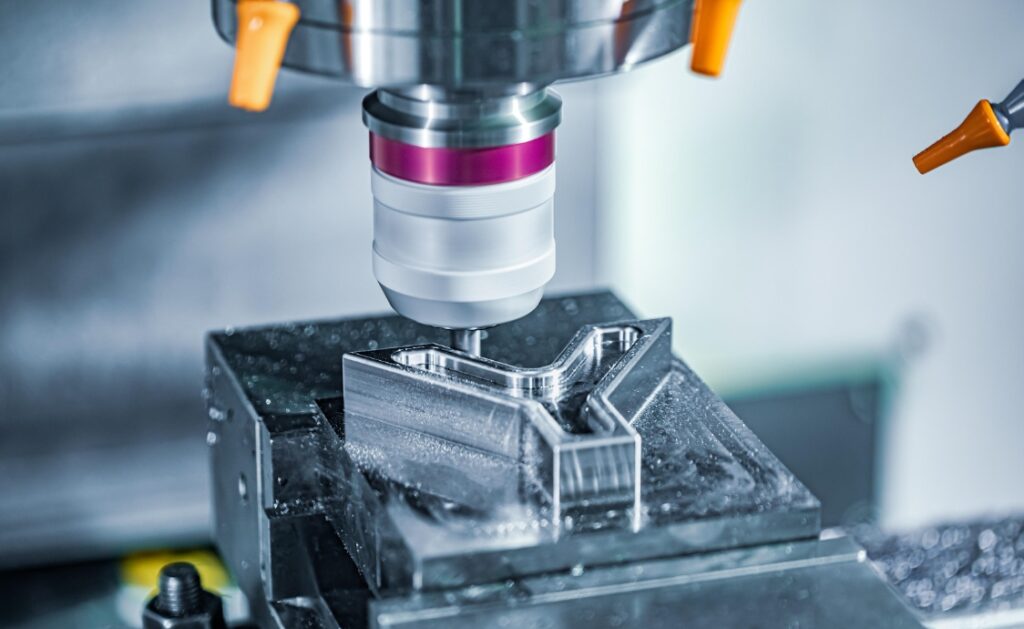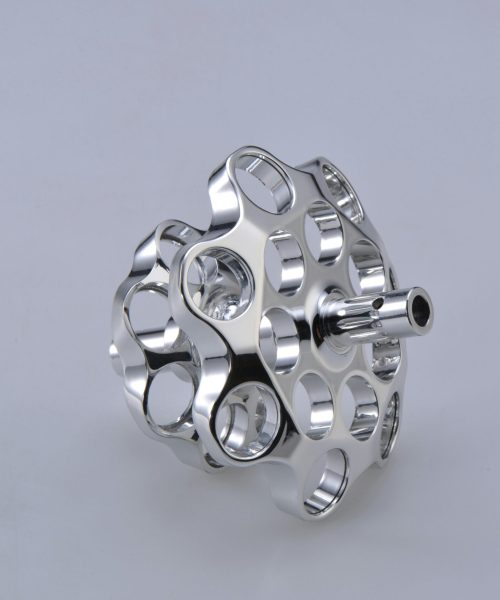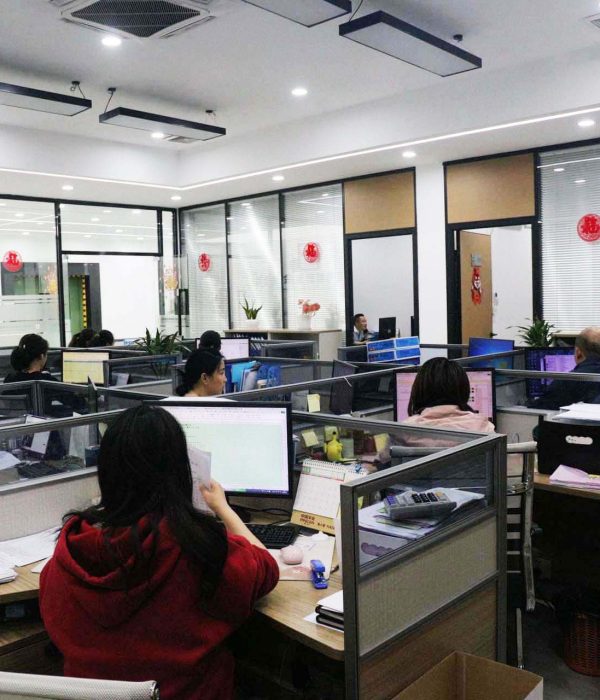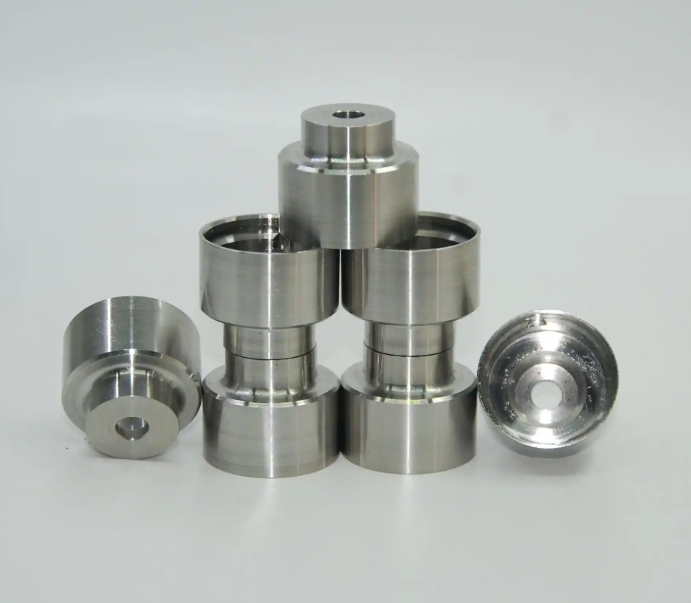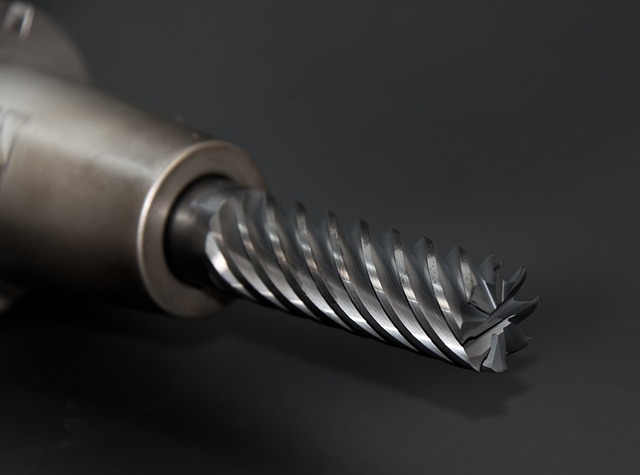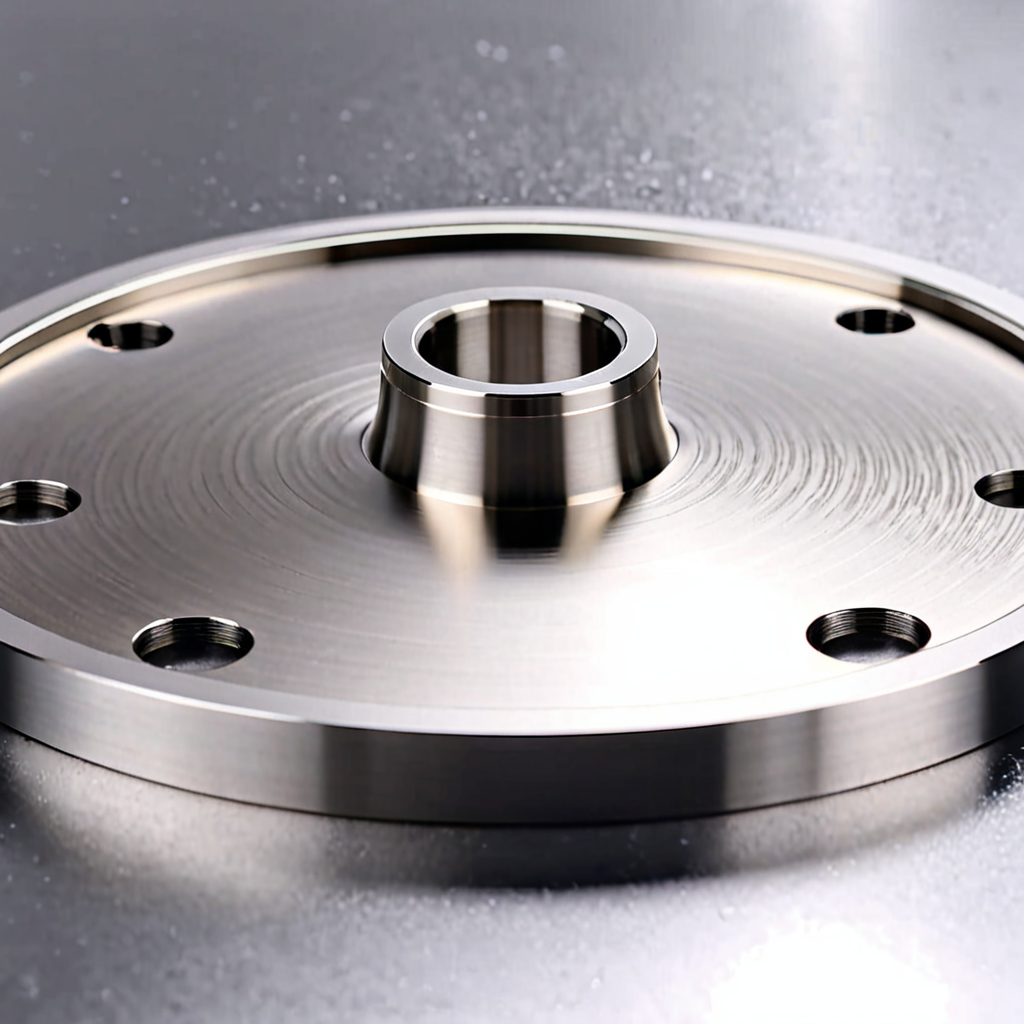CNC machining is a cornerstone of modern manufacturing, enabling the production of complex and precise components. As industries face increasing competition, understanding and managing CNC machining costs is vital for maintaining profitability and efficiency. This comprehensive guide explores the key factors influencing Usinage CNC costs and presents strategies to optimize them effectively.
I. Key Cost Factors in CNC Machining
Coûts des matériaux
Material costs can significantly impact the overall expenses in CNC machining. Several aspects contribute to these costs:
- Type de matériau: Different materials, such as aluminum, stainless steel, and titanium, have varying price points and properties. Selecting the right material for the application can influence both performance and cost.
- Material Grade and Quality: Higher grades often come at a premium but can result in better performance and durability.
- Material Dimensions: Larger or thicker materials generally incur higher costs, so careful consideration of dimensions is essential.
- Surface Treatment Requirements: Processes like anodizing or coating add to the cost but may be necessary for enhancing performance or aesthetics.
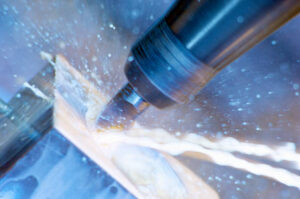

Processus de fabrication
The choice of manufacturing process also affects costs:
- Milling, Turning, Drilling, and Grinding: Each process has unique operational costs, tool requirements, and time considerations.
- Tool Wear and Replacement: Frequent tool changes or wear can increase costs. Selecting durable tools can mitigate this issue.
- Le temps des machines: The time taken for each operation directly correlates with labor and overhead costs.
Precision Requirements
Precision in machining can drive costs up:
- Tolerance Levels: Stricter tolerances require more advanced machinery and processes.
- Exigences en matière d'état de surface: Higher quality finishes often require additional steps, impacting time and cost.
- Quality Control Needs: Increased inspection and testing requirements can add to overall costs.
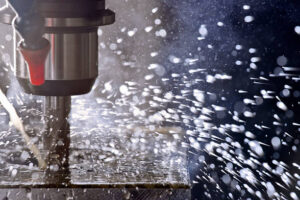

Design Complexity
The complexity of the part being machined influences both time and cost:
- Part Geometry: Intricate designs can require more machining time and specialized tools.
- Number of Features: More features generally mean more machining operations.
- Setup Requirements: Complex setups can lead to increased labor costs and longer lead times.
- Programming Complexity: More complicated parts require advanced programming, impacting costs further.
Volume de production
The volume of production plays a crucial role in cost management:
- Batch Size: Larger batch sizes can reduce the per-unit cost due to economies of scale.
- Setup Costs: These costs are amortized over the number of units produced, meaning larger batches can lead to lower costs per unit.
- Production Scheduling: Efficient scheduling can minimize downtime and optimize machine usage.
II. Cost-Saving Strategies
Sélection des matériaux
Choosing the right materials can lead to significant savings:
- Cost-Effective Materials: Evaluate and select materials that provide the necessary properties without incurring unnecessary costs.
- Optimize Material Dimensions: Reducing unnecessary excess material can lead to savings.
- Consider Alternative Materials: Sometimes, a less expensive material can meet the design requirements.
- Reduce Material Waste: Efficient nesting and cutting strategies can minimize waste.
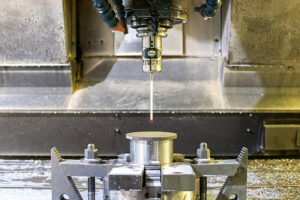

Design Optimization
Simplifying designs can greatly reduce costs:
- Simplify Part Geometry: Reduce unnecessary complexity in designs to minimize machining time.
- Reduce Feature Complexity: Fewer features can lead to lower machining costs.
- Standardize Features: Using standardized components can reduce design time and manufacturing costs.
- Design for Manufacturability (DFM): Incorporate DFM principles to ensure designs are easy and cost-effective to manufacture.
Process Optimization
Improving machining processes can yield savings:
- Choose Efficient Machining Strategies: Select machining methods that minimize cycle time and tool wear.
- Minimize Setup Changes: Reducing the frequency of setups can lead to significant time and cost savings.
- Optimize Tool Paths: Effective tool path strategies can minimize machining time.
- Reduce Machine Time: Streamlining processes to maximize productivity can decrease costs.
Production Planning
Effective planning can enhance efficiency and reduce costs:
- Optimize Batch Sizes: Analyze production runs to find the most cost-effective batch sizes.
- Combine Similar Jobs: Grouping similar tasks can reduce setup times and improve efficiency.
- Reduce Setup Time: Implement quick-change tooling and efficient processes to decrease setup durations.
- Plan for Efficient Material Use: Strategize to minimize scrap and maximize yield from materials.
III. Practical Tips for Cost Reduction
Design Considerations
To minimize costs during the design phase:
- Use Standard Hole Sizes: This reduces tooling complexity and machining time.
- Avoid Deep Pockets: These can be challenging and costly to machine.
- Minimize Tight Tolerances: Stricter tolerances can lead to higher costs and longer lead times.
- Use Common Materials: Standard materials are often cheaper and more readily available.
Production Strategies
Implementing effective production strategies can yield benefits:
- Group Similar Parts: This maximizes machine utilization and reduces setup times.
- Maximize Machine Utilization: Ensure machines are running as efficiently as possible.
- Use Appropriate Tooling: The right tools can minimize wear and machining time.
- Optimize Cutting Parameters: Adjust feed rates and speeds for efficiency without sacrificing quality.
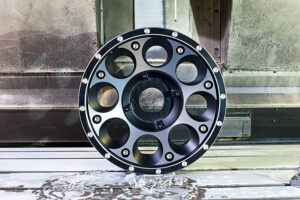

Sélection des fournisseurs
Choosing the right suppliers is essential:
- Comparer plusieurs devis: Obtain and analyze quotes from several suppliers to find the best value.
- Consider Total Cost: Look beyond the initial price to assess total costs, including quality and delivery.
- Évaluer les capacités techniques: Ensure suppliers can meet the required specifications and quality standards.
- Check Quality Standards: Partner with suppliers who adhere to strict quality controls.
IV. Real-World Example
A technology company faced high costs when sourcing aluminum enclosures. By implementing the following strategies:
- Simplifying the Design: They reduced unnecessary features.
- Optimizing Material Usage: They carefully calculated material dimensions.
- Choosing Appropriate Batch Sizes: They adjusted their production runs to balance costs.
The company achieved:
- 20% Cost Reduction: Significant savings in production costs.
- Faster Production Time: Enhanced efficiency led to quicker turnaround.
- Maintained Quality Standards: Quality remained high throughout the process.
- Improved Manufacturability: Designs became easier to produce, leading to better production flow.
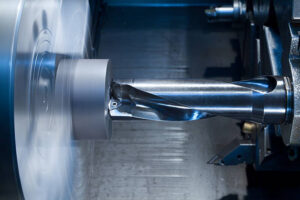

V. Cost-Saving Checklist
To streamline efforts in managing CNC machining costs, consider this checklist:
Phase de conception
- Simplify geometry
- Standardize features
- Consider manufacturing constraints
- Review material choices
Production Phase
- Optimize batch sizes
- Minimize setups
- Choose efficient processes
- Control quality costs
Supplier Management
- Compare quotes
- Negotiate terms
- Build relationships
- Monitor performance
By understanding the factors that drive CNC machining costs and implementing strategic optimizations, manufacturers can enhance their competitiveness and profitability in an increasingly challenging market. Would you like to delve deeper into any specific area of Coûts d'usinage CNC?

